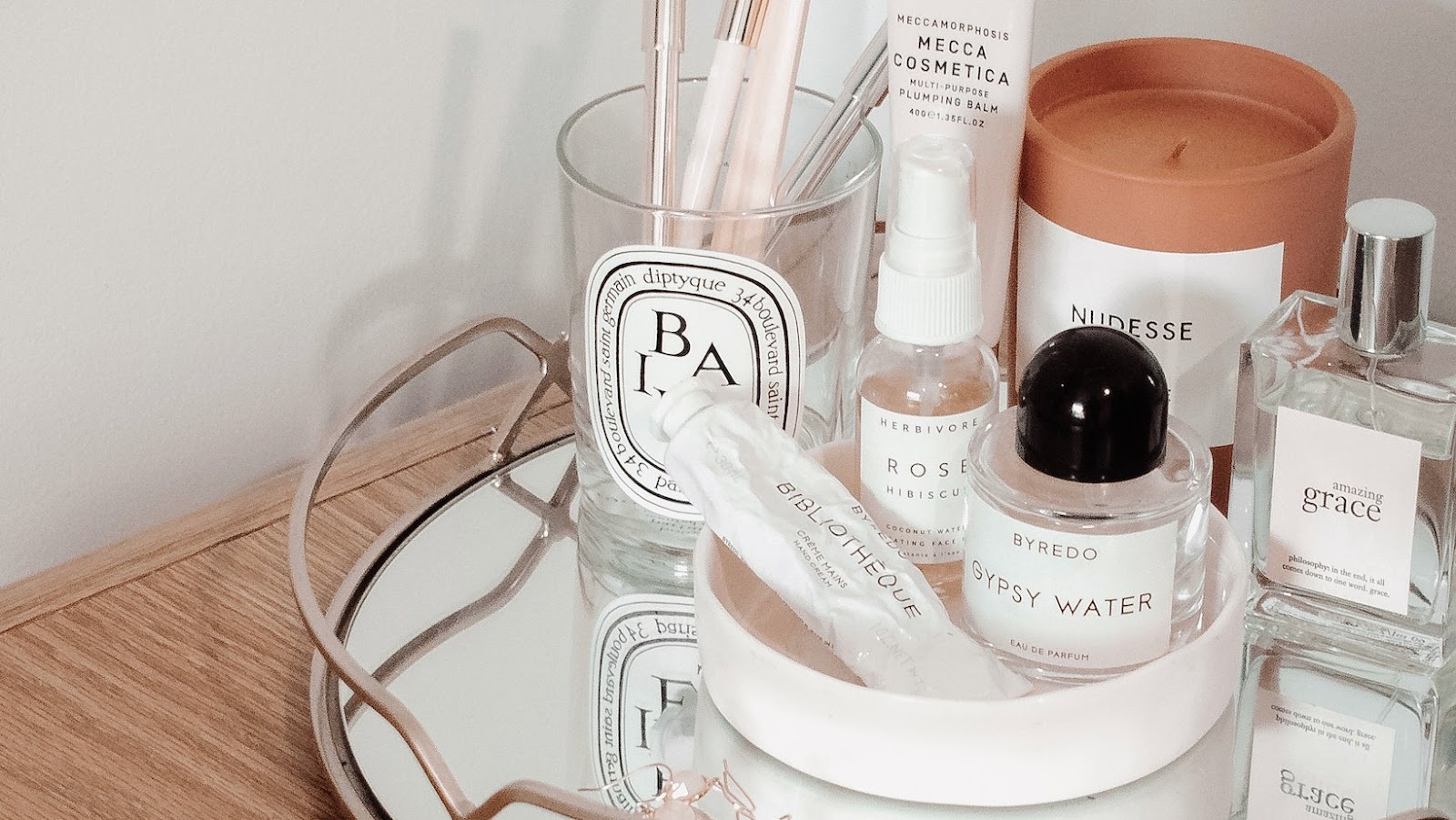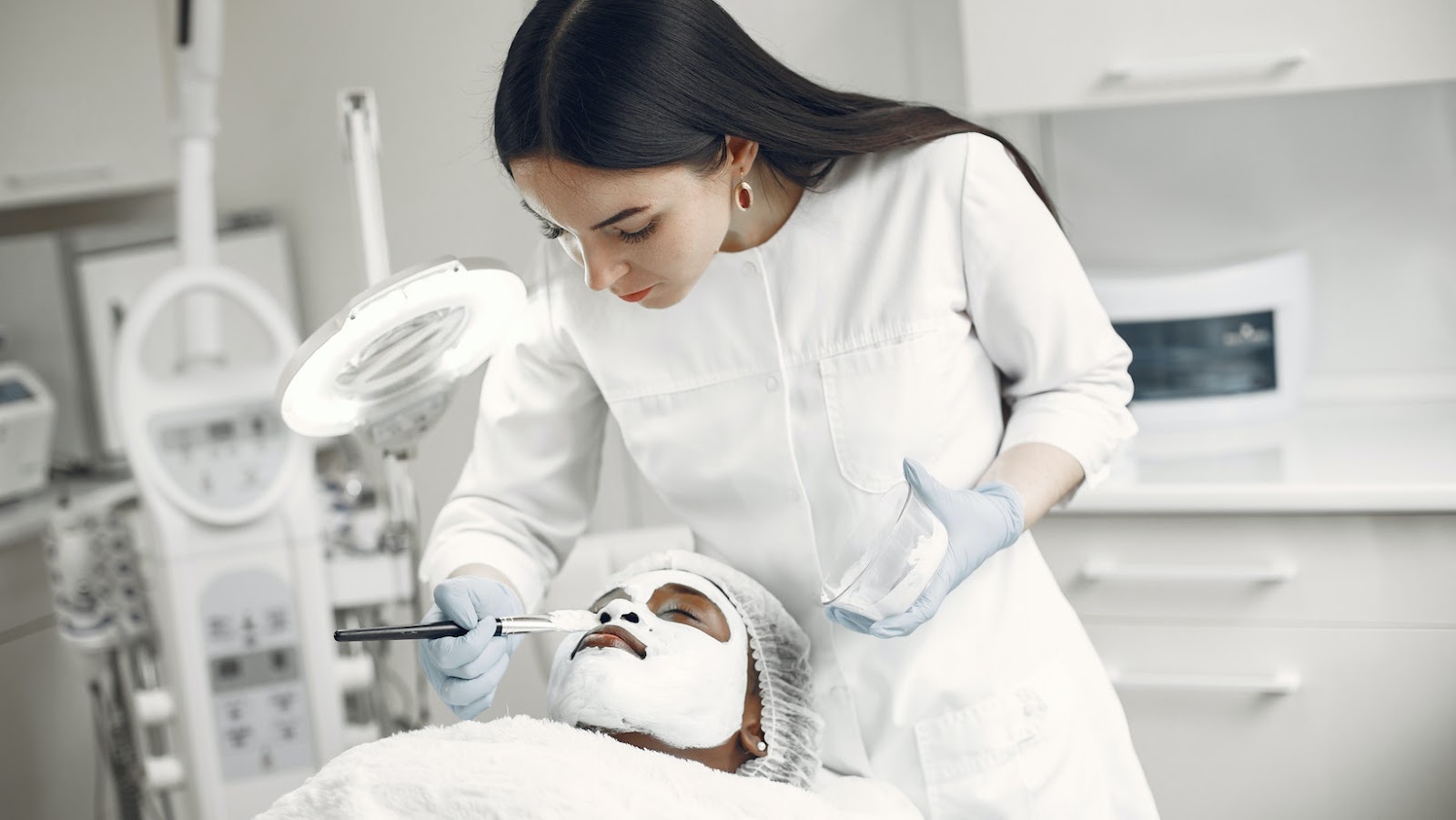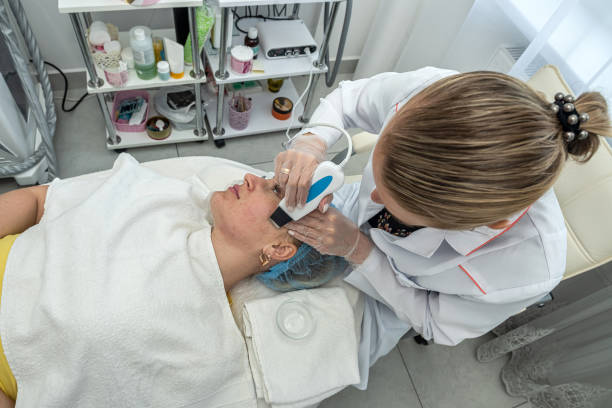Tired of dull, dry skin? Connecting with a professional for dermaplane vs microdermabrasion can be costly, so why not take matters into your own hands? You can achieve the same results from the comfort of your home with the best products for a DIY dermaplaning. In this article, discover the top-rated tools to help you achieve smooth, youthful skin.
Introduction to Dermaplaning
Dermaplaning is a non-invasive exfoliation technique that uses a surgical scalpel to remove dead skin and vellus hair from the face. Dermaplaning helps the skin appear smoother, brighter and provides a more youthful look.
When looking for products for dermaplaning, it’s important to note that dermaplaning is different from microdermabrasion. Dermaplaning is a manual exfoliation method, whereas microdermabrasion uses a machine to remove dead skin.
The best products for dermaplaning are a sharp, sterile surgical scalpel or a dermaplaning tool, such as a facial razor or a dermaplaning wand. It’s important to use gentle pressure when performing dermaplaning to avoid cuts or nicks. Additionally, a hydrating mask or serum can be used after dermaplaning to soothe the skin and provide moisture.
Benefits of Dermaplaning
Dermaplaning is a non-invasive facial treatment that involves using a surgical scalpel to gently shave off the top layer of dead skin cells and fine hair from the face. Benefits of dermaplaning include smoother and brighter skin, improved texture and tone, and better product absorption.
When choosing between dermaplaning and microdermabrasion, it’s important to note that dermaplaning is better suited for those with sensitive skin and those who want to remove unwanted facial hair. On the other hand, microdermabrasion is better for those who want to focus on reducing the appearance of fine lines, wrinkles, and acne scars.
Some of the best products for dermaplaning at home include the Dermaflash One, the Stacked Skincare Dermaplaning Tool, and the Philips Norelco OneBlade Face + Body. It’s important to note that dermaplaning should only be performed by a licensed professional or someone who has been properly trained to avoid injury or damage to the skin.
Dermaplaning vs Microdermabrasion
Dermaplaning and Microdermabrasion are both popular exfoliating treatments, but they differ in their techniques, target areas, and outcomes. Dermaplaning uses a scalpel to remove dead skin cells and vellus hair, commonly known as peach fuzz, from the face, while microdermabrasion uses a device that blasts tiny crystals onto the skin’s surface and vacuums them away.
For at-home use, dermaplaning is easier to perform and less intimidating, while microdermabrasion can be more aggressive and may cause redness or irritation. It is important to note that both treatments can be beneficial for different skin concerns, and the best product for you will depend on your skin type, budget, and desired results.
Some popular products for dermaplaning at home include the Tinkle Eyebrow Razor, the Dermaflash One, and the Schick Silk Touch-Up Razor. For microdermabrasion, the PMD Personal Microderm, the Neutrogena Microdermabrasion Starter Kit, and the Olay Pro-X Microdermabrasion Plus Advanced Cleansing System are among the top-rated products.
Ultimately, it’s best to consult with a skincare professional to determine which treatment, or combination of both, will work best for your individual needs.
Different Types of Dermaplaning Products
Dermaplaning is a popular skin exfoliating treatment that requires the use of specific products. There are two types of products that are typically used for dermaplaning: disposable razors and dermaplaning tools.
- Disposable razors: These are an effective and affordable option for dermaplaning, but they require some skill to use. Choose a high-quality razor that has a single blade, a long handle, and a sharp edge. Hold the blade at a 45-degree angle, and use short, gentle strokes to remove dead skin cells and peach fuzz.

- Dermaplaning tools: These specially designed tools are more expensive than disposable razors, but they are easier to use and provide more control. They typically have a blade on one end and a grip on the other, and they come in a variety of sizes and shapes. Some even have interchangeable blades for different levels of exfoliation. However, for deeper exfoliation or treatment of fine lines and wrinkles, microdermabrasion may be a better alternative to dermaplaning.
How to Choose the Best Dermaplaning Product
When selecting the best dermaplaning product for your skin, it’s essential to understand the difference between this treatment and microdermabrasion. While microdermabrasion uses a diamond-tipped tool to exfoliate the skin’s surface, dermaplaning uses a sharp blade to remove dead skin cells and fine facial hair.
Here is what you need to look for when choosing the best dermaplaning product:
- Quality Blades: The most crucial component of a dermaplaning tool is a high-quality blade. Look for blades that are sharp and sturdy, as dull or flimsy blades can cause irritation and injury.
- Ergonomic design: Choose a dermaplaning tool with an easy-to-grip handle, making it comfortable to hold and maneuver.
- Safety features: Look for a tool with a safety guard that prevents cuts and nicks on your skin, especially around sensitive areas such as the nose and mouth.
- Additional features: Some dermaplaning products come with additional features such as built-in moisturizing strips or exfoliating brushes. Consider your skincare needs and choose a product that meets them.
Pro Tip: Always follow the manufacturer’s instructions or consult a professional before performing any at-home dermaplaning or microdermabrasion treatment.
Tips for Dermaplaning at Home
Dermaplaning is a technique for exfoliating the skin by removing dead skin cells and fine hairs from the face’s surface. While dermaplaning can be done in a salon or spa, it is possible to do it at home. Here are some tips for dermaplaning at home using the best products for the job.
First, it is essential to choose the right tool for the job. Some people confuse dermaplaning with microdermabrasion, but they are different techniques. Microdermabrasion involves using an abrasive surface to remove dead skin cells, while dermaplaning uses a sharp blade to scrape away dead skin cells and fine hairs.

For dermaplaning at home, it is essential to use a specific type of blade designed for the job. These blades are sharper than traditional razors, and they have an angle that allows them to glide smoothly over the skin without causing nicks or cuts.
When dermaplaning, it is crucial to prepare the skin properly by cleansing and drying it before starting. Work with dry skin and use short, gentle strokes, holding the blade at a 45-degree angle to the skin. Finally, apply a soothing moisturizer or serum after to prevent irritation and promote healing.
Possible Side Effects of Dermaplaning
Dermaplaning is an effective exfoliation technique that helps remove dead skin cells, dirt, and facial hair. However, as with any cosmetic procedure, there are possible side effects to be aware of.
The most common side effects of dermaplaning include:
- Redness and irritation: Some people experience mild redness and irritation after dermaplaning. This usually goes away within a few hours.
- Breakouts: Dermaplaning can cause breakouts in people with acne-prone skin. It is advisable to avoid dermaplaning in such cases.
- Sun sensitivity: After dermaplaning, the skin may be more sensitive to sunlight. Therefore, it is important to apply sunscreen before going out in the sun.
It is essential to choose the right products for dermaplaning. While both dermaplaning and microdermabrasion offer exfoliation benefits, they are different techniques that require different tools and products. Microdermabrasion uses microcrystals to exfoliate the skin, while dermaplaning uses a sharp blade to scrape away dead skin cells and facial hair. Therefore, it is critical to choose the right product that is specifically designed for dermaplaning. Pro tip: Consult a skincare specialist before undergoing any skin treatment to ensure that it is the right fit for your skin type.
Summary: The Best Products for Dermaplaning
Dermaplaning is a popular cosmetic procedure that involves removing dead skin cells and peach fuzz from the surface of the skin. It is important to use the right products for effective dermaplaning without damaging the skin.
Here are some of the best products for dermaplaning:
- Dermaplaning Tool: A dermaplaning tool is a small device that uses single-use blades to gently remove dead skin cells and peach fuzz. It is important to choose a high-quality and sterilized tool for safe and effective results.
- Exfoliating Cleanser: An exfoliating cleanser is used to prepare the skin for dermaplaning by removing dirt and oil. Choose a gentle and fragrance-free cleanser that suits your skin type.
- Nourishing Moisturizer: A nourishing moisturizer helps to hydrate and protect the skin after dermaplaning. Choose a moisturizer that is free from harsh chemicals and fortified with natural and nourishing ingredients.
When it comes to choosing between dermaplaning and microdermabrasion, it is important to consider your skin type and concerns. While dermaplaning may be better suited for those with dry or sensitive skin, microdermabrasion may be more effective for treating acne scars and hyperpigmentation. Always consult a certified dermatologist or esthetician to determine which treatment is best for you.
